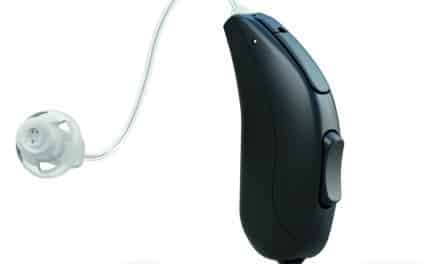
I remember thinking that the magnified image looked like a photo of a battlefield strewn with battered and dead soldiers. That photo was all I needed to convince me to wear earplugs to every concert I’ve been to—and ever will go to. In fact, I also keep the volume on my car radio and other personal music devices as low as possible.
If only that one photo were enough to convince everyone to turn down the volume.
Most recently, personal music systems, such as iPODs and other MP3 players, have been associated with potential noise-induced hearing loss, as users crank up the volume.
According to the National Institute on Deafness and Other Communication Disorders, prolonged exposure to any noise above 85 dB can cause gradual hearing loss. Personal music systems at maximum levels can reach 115 dB. With the earbuds that come with today’s devices placed directly into the ear—unlike predecessors that used earphones on the ear—sound levels can be boosted another 6 to 9 dB.
In addition to hearing loss, listening to music too loudly can lead to tinnitus.
In response to concerns and litigation filed against Apple, manufacturer of the iPOD, the company created a free software update that gives end-users the option of setting maximum volume levels on the device.
But whose responsibility is it to protect one’s hearing? Does the responsibility lie with the device’s manufacturer? This is a personal listening device, so why does the music have to be this loud? It’s not really created for sharing. Or does the responsibility lie with the end-user? Just because the volume on these devices can go up to 115 dB, does that mean it should be cranked up all the way?
My car can go up to 120 mph, but with the average speed on Los Angeles’ city streets at 35 mph, what’s the point? Even the freeways top out at 65 mph. Is it the car manufacturer’s responsibility to lower the top speed of my car so that I can’t zip down the street or is it my responsibility not to put myself—and others—at risk by driving at such excessive speeds?
When it comes to protecting one’s hearing, while the manufacturers of personal music devices could step up efforts to keep the volume down, ultimately, it’s up to the end-users to heed the advice of audiologists and other health care professionals to turn down the dial. If not, a photo of their damaged inner hair cells may end up in an audiology textbook someday.




